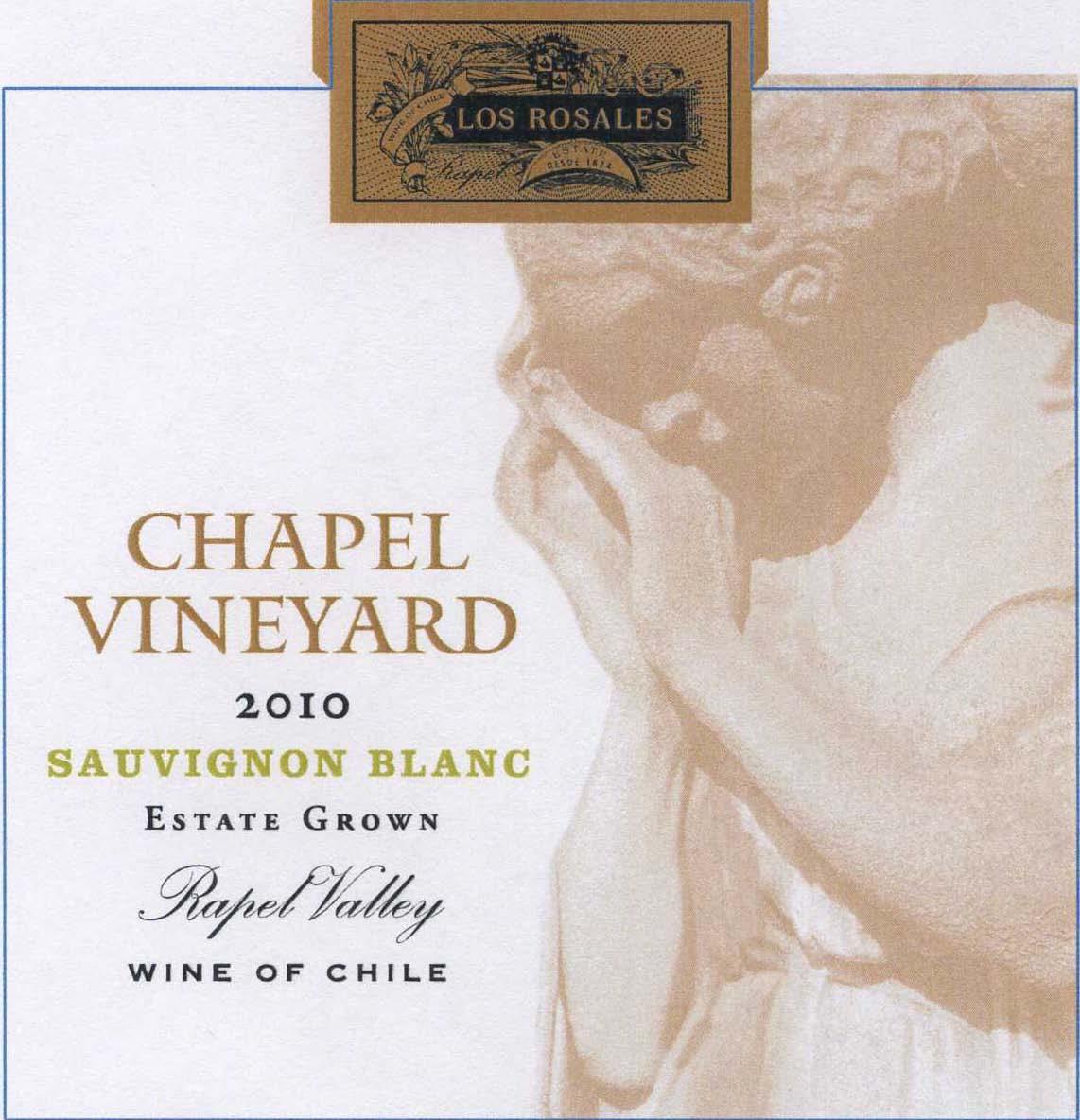2010 Rapel Valley Sauvignon Blanc
Los Rosales Chapel Vineyard 2010 Sauvignon Blanc from the stunning Rapel Valley is a delightful expression of this beloved varietal. This wine presents a refreshing profile, with a light body that dances gracefully on the palate. The acidity is bright and lively, creating a mouthwatering experience that harmonizes beautifully with its prominent fruit intensity. Expect vibrant notes of citrus and tropical fruit, complemented by a subtle mineral undertone that is characteristic of the region. The finish is dry, making it an ideal companion for seafood dishes or light salads. With its well-crafted balance and inviting character, this wine is sure to impress both novices and seasoned enthusiasts alike.
Los Rosales Chapel Vineyard 2010 Sauvignon Blanc from the stunning Rapel Valley is a delightful expression of this beloved varietal. This wine presents a refreshing profile, with a light body that dances gracefully on the palate. The acidity is bright and lively, creating a mouthwatering experience that harmonizes beautifully with its prominent fruit intensity. Expect vibrant notes of citrus and tropical fruit, complemented by a subtle mineral undertone that is characteristic of the region. The finish is dry, making it an ideal companion for seafood dishes or light salads. With its well-crafted balance and inviting character, this wine is sure to impress both novices and seasoned enthusiasts alike.




